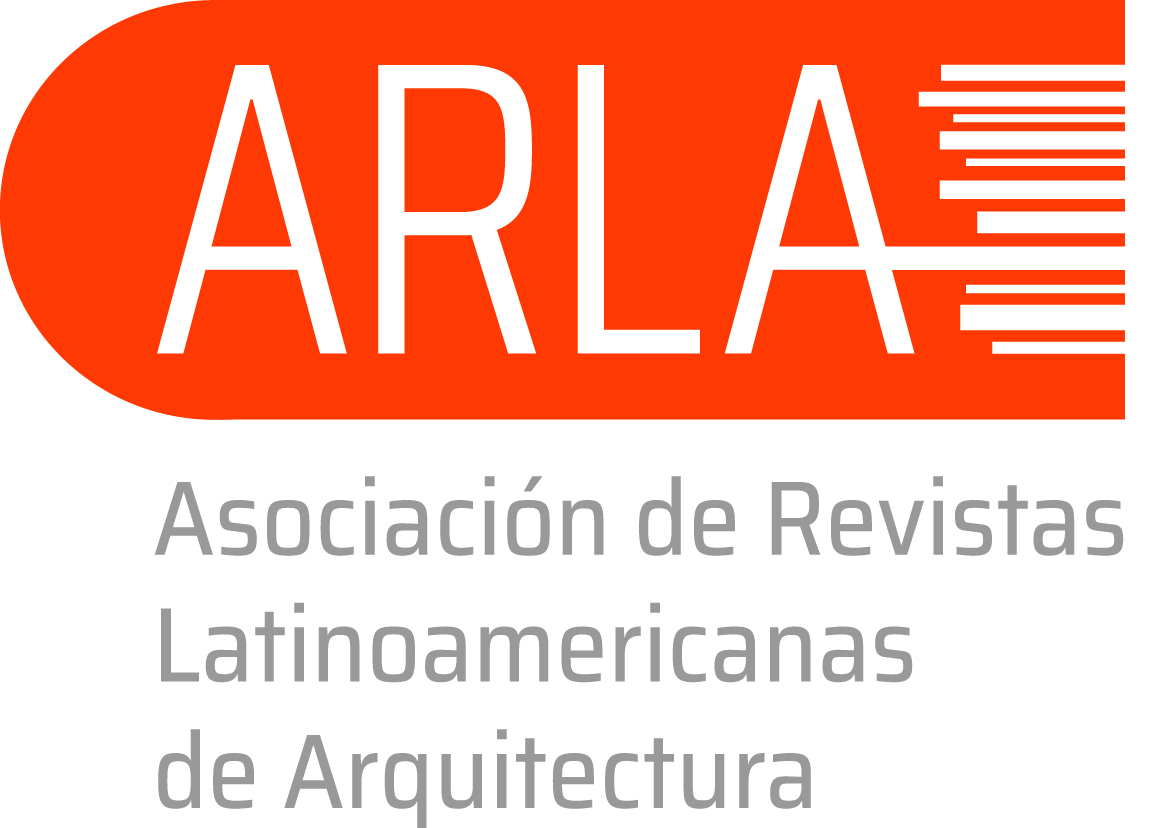Bioclimatic Assessment and Thermal-Lighting Comfort in Vernacular Dwellings in the Jejenal District
DOI:
https://doi.org/10.56294/la2026286Keywords:
Thermal comfort, light comfort, guadua cane, vernacular housing, bioclimaticAbstract
This work addressed the issue of vernacular housing in the Jejenal area in the parish of San Isidro, with the aim of determining the climatic adversities such as high temperatures and relative humidity, which condition the capacity for thermal and light comfort of the population. A mixed-approach investigation was carried out that combines in situ measurements and computer simulations. The current conditions of these homes and their performance in relation to the environment were assessed, as well as the strengths and weaknesses that local construction strategies have been generating. The research work aims to make local architectural traditions efficient in order to improve the quality of life of the population that inhabits them through sustainable solutions. Although the homes in the Jejenal area formally represent a cultural heritage, there are important deficiencies, including the utility of the homes, as well as the overheating of the air inside them or an inefficient distribution of the windows. The results obtained demonstrate that, although native materials such as guadua cane or wood have great potential to offer sustainable solutions, their application entails correcting major deficiencies in construction techniques. Strategies such as the correct orientation of homes, the generation of shadows, as well as the use of passive ventilation are identified as key solutions for improving living conditions. This work proposes both construction guidelines, especially those that integrate traditional and bioclimatic knowledge, a model of sustainable rural housing that responds to the climatic and socioeconomic conditions of the region.
References
Behar Rivero, D. (2008). Metodología de la Investigación. Studocu. https://www.studocu.com/es-mx/document/universidad-la-concordia-mexico/gestion-del-talento-humano/behar-daniel-2008-metodologia-de-la-investigacion/13857524?utm_source=chatgpt.com
Bermello Moreira, N. S., Alcivar Vélez, D. E., & Cobeña Macías, D. A. (2023). Análisis del confort higrotérmico en las viviendas con envolventes en caña guadúa, caso de estudio: Parroquia Chirijos del cantón Portoviejo. Repositorio San Gregorio. http://repositorio.sangregorio.edu.ec/handle/123456789/3402
Crawley, D. B., Lawrie, L., Winkelmann, F. C., & Buhl, W. F. (2001, 04). EnergyPlus: Creating a New-Generation Building Energy Simulation Program. ResearchGate. https://www.researchgate.net/publication/222517509_EnergyPlus_Creating_a_New-Generation_Building_Energy_Simulation_Program
Daneels, A., & Guerrero, L. F. (2018). Arquitectura de tierra en América Latina: Una obra colectiva de la Red Iberoamericana Proterra (Vol. 1). Hugo Pereira Gigogne. https://www.academia.edu/120686252/Arquitectura_de_tierra_en_Am%C3%A9rica_Latina_Una_obra_colectiva_de_la_Red_Iberoamericana_Proterra
De Lapuerta, J. (2020). ARQUITECTURA VERNÁCULA DE LA VIVIENDA. MCH Master. https://www.mchmaster.com/es/noticias/arquitectura-vernacula-de-la-vivienda/
Edwards, S. (2011, 08 12). Vernacular Architecture and the 21st Century. Arch Daily. https://www.archdaily.com/155224/vernacular-architecture-and-the-21st-century
Fernández Marín, S. (2021). Salud y bienestar en el entorno construido: una perspectiva integradora. Diffundit.com. https://www.bing.com/ck/a?!&&p=083c72779165c5f5268c1e3622e4e4eb1d58ec044dee556cd44502e6ed122674JmltdHM9MTc0MjE2OTYwMA&ptn=3&ver=2&hsh=4&fclid=081fc92f-db46-6327-0c31-db04da6a6240&psq=Salud+y+bienestar+en+el+entorno+construido%3a+una+perspectiva+integradora
Hernández, P. (2014). Diagrama Bioclimático de Givoni. Arquitectura Eficiente. https://bit.ly/3ys0tkI
Hernández Sampieri, R., Fernández Collado, C., & Pilar Baptista, L. (2014, 04). Metodología de la investigación. DIALNET. https://dialnet.unirioja.es/servlet/libro?codigo=775008
Lechner, N. (2014). GOOGLE BOOKS. In Heating, Cooling, Lighting: Sustainable Design Methods for Architects (4, ilustrada ed., p. 720). John Wiley & Sons, 2014. 111858242X, 9781118582428
Muñoz Durango, C. (2013). TRANSFORMACIÓN DE LA HACIENDA SAN ISIDRO A UNA HOSTELERÍA. dspace.udla.edu.ec. https://dspace.udla.edu.ec/bitstream/33000/3184/1/UDLA-EC-TARI-2013-21%28S%29.pdf
PRO ARQUITECTURA. (2023, 07 27). La arquitectura vernácula como fuente de inspiración: Cómo adaptar técnicas tradicionales a la construcción sostenible actual. PRO ARQUITECTURA. https://www.proarquitectura.es/la-arquitectura-vernacula-como-fuente-de-inspiracion-como-adaptar-tecnicas-tradicionales-a-la-construccion-sostenible-actual/
Salman, M. (2018, 11). Sustainability and Vernacular Architecture: Rethinking What Identity Is. ResearchGate. https://www.researchgate.net/publication/330948349_Sustainability_and_Vernacular_Architecture_Rethinking_What_Identity_Is
Sigüencia Sojos, P. E., & Tola Martínez, D. D. E. (2019, 07 08). Influencia de la ventana en el confort térmico, lumínico y calidad del aire de las viviendas unifamiliares de la ciudad de Cuenca. UCUENCA. https://dspace.ucuenca.edu.ec/items/790c4e70-31b2-466e-bee7-39a4d0e7d794
Toala Zambrano, L. A., Cobeña Loor, W. D., Vinueza Mendoza, G. W., & Quimis Chávez, J. E. (2022). Confort higrotérmico en proyectos de viviendas unifamiliares en la ciudad de Portoviejo. Dialnet. https://dialnet.unirioja.es/servlet/articulo?codigo=8377714.
Published
Issue
Section
License
Copyright (c) 2026 Mario Guadalupe González Pérez, Víctor Manuel Martínez García , Yennifer Diaz Romero , Manuel Iván Tostado Ramírez (Author)

This work is licensed under a Creative Commons Attribution 4.0 International License.
The article is distributed under the Creative Commons Attribution 4.0 License. Unless otherwise stated, associated published material is distributed under the same licence.






